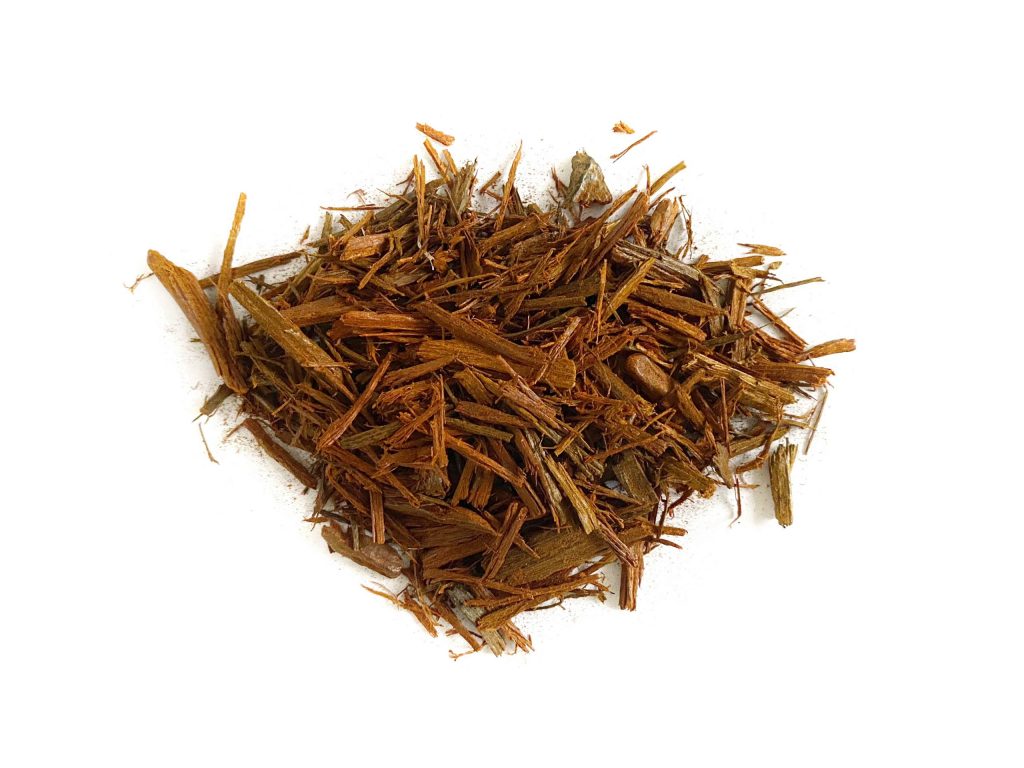< campeggio
Campeggio is an evergreen spiny tree. Haematoxylin is extracted from its dark wood, an important dyeing substance with a bright red colour. Depending on the herbs with which campeggio wood is mixed, it’s able to give a very wide range of colours that vary from browns to grays, and blacks to intense blues.
robbia >
Robbia (Madder) is a rhizomatous perennial herbaceous plant that’s creeping, abundantly branched, and has long climbing stems with a quadrangular section, covered by short spines that point downwards. The fruits are blackish, fleshy, and more or less rounded in shape, each containing a single seed. Used in dye, madder roots provide a fascinating array of oranges and pinks.
< frangula
Frangula is a small tree that grows frequently on moors, in woods, and along waterways. The highly aromatic wood was used for lathe work in the past. Medicinal essences and dyes are obtained from the bark.
gaude >
Is one of the oldest dyeing plants and is cultivated throughout Europe, mainly on calcareous soils. All its parts – roots, branches, leaves and seeds – contain a yellow colouring principle which is the most beautiful, pure and constant that can be obtained. Known since ancient times, it has been widely used for dyeing fabrics as well as a base for a lacquer used in painting. Up until the creation of synthetic dyes, it was considered the most resistant yellow dye.
< indigo
Indigo is a plant of the Fabaceae family. It’s one of the most important natural colouring materials of vegetable origin. It’s surrounded by an aura of mystery and legend that’s found in all cultures. The indigofera tinctoria was used by the master dyers of ancient Egypt, the source of the most beautiful and constant blue colour for millennia.
Walnut >
Walnut is a plant of ancient origins, originating from south-western Asia. The dark brown wood is heavy, durable, and has beautiful veining making it ideal for fine furniture. The stumps (roots) are darkly marbled, making them sought after for use in veneers and coatings. The fruits are green drupes whose outer part (husk) is used for tanning given that it’s fleshy and very rich in tannin. The internal part, commonly called walnut, is woody and contains the edible, aromatic and tasty seed (kernel). The leaves have medicinal uses for skin diseases. Lastly, a dyeing principle is extracted from the husk and infused in alcohol to produce nocino (walnut liqueur).
< Catechu
Catechu is an extract obtained from different plants, the main sources of which comes from the wood of two species of acacia that are both native to India. This extract is known as black catechu. The bark is stripped and used for tanning, and the trunk is divided into small fragments that are then covered with water and boiled. When the extract has become sufficiently dense, it’s poured into the forms in which the catechu on the market is found. It produces many durable shades of grays, browns and olive tones.

